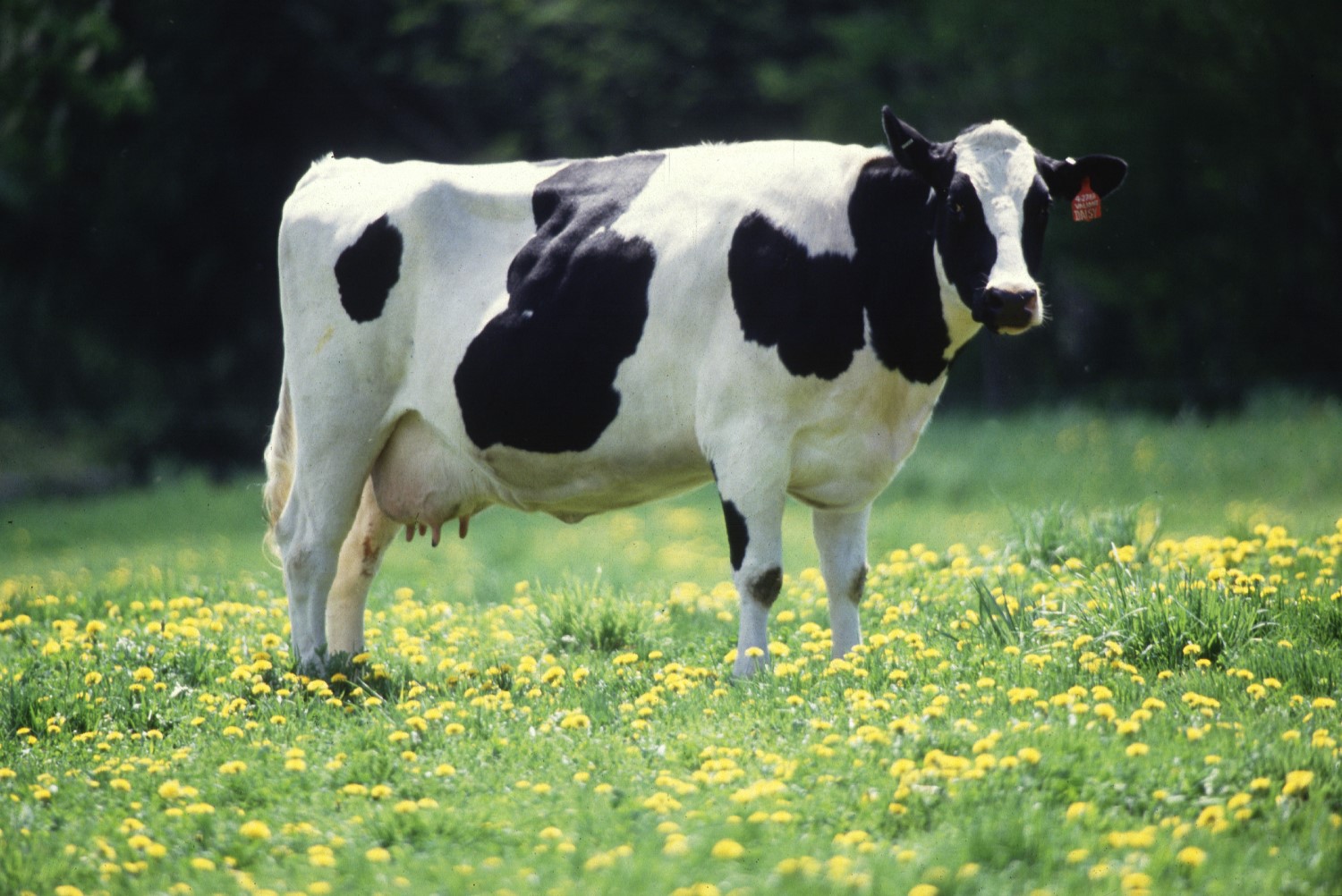
Bird-flu vaccine for cattle aces early test
On May, 20, 2025, a team of scientists has developed a fresh approach: the first mRNA bird-flu vaccine for cattle. This comes as bird flu sweeps across US poultry and cattle farms, and researchers are racing to find ways to contain the outbreaks before they ignite a human pandemic.
Early findings, posted this month1 on the preprint server bioRxiv, reveal that the experimental vaccine triggers a strong immune response to the virus, and protects against infection in calves. The results have not yet been peer-reviewed.
This development could mark a crucial step towards creating flu vaccines for livestock and reducing the risk of animal-to-human transmission of a virus that poses a “real pandemic threat”, says Scott Hensley, a virologist at the University of Pennsylvania in Philadelphia, and a co-author of the work.
Fears of a bird-flu pandemic have been rising since the first confirmed outbreak of the H5N1 avian influenza virus in dairy cattle was reported in March 2024. Since then, the virus has affected more than 1,000 dairy herds across 17 U.S. states. Health officials have linked 64 human infections and one death to the outbreak.
Last year, Hensley’s team showed that their vaccine protects against avian flu in ferrets2, a commonly used laboratory model for testing flu vaccines. For the latest work, they inoculated 10 calves and, 49 days later, fed them milk from H5N1-infected cows — a suspected route of transmission among cattle.
After that exposure, the vaccinated calves had significantly lower levels of viral RNA than the unvaccinated calves did, indicating that the vaccine helped to curb infection.
The study tested only vaccine responses in calves; much of the avian-flu transmission on dairy farms occurs among lactating adult cattle, says virologist Richard Webby, director of the World Health Organization Collaborating Centre for Studies on the Ecology of Influenza in Animals and Birds in Memphis, Tennessee. Hensley’s team is already working on extra trials in lactating cows.
Tags:
Source: Nature
Credit:
